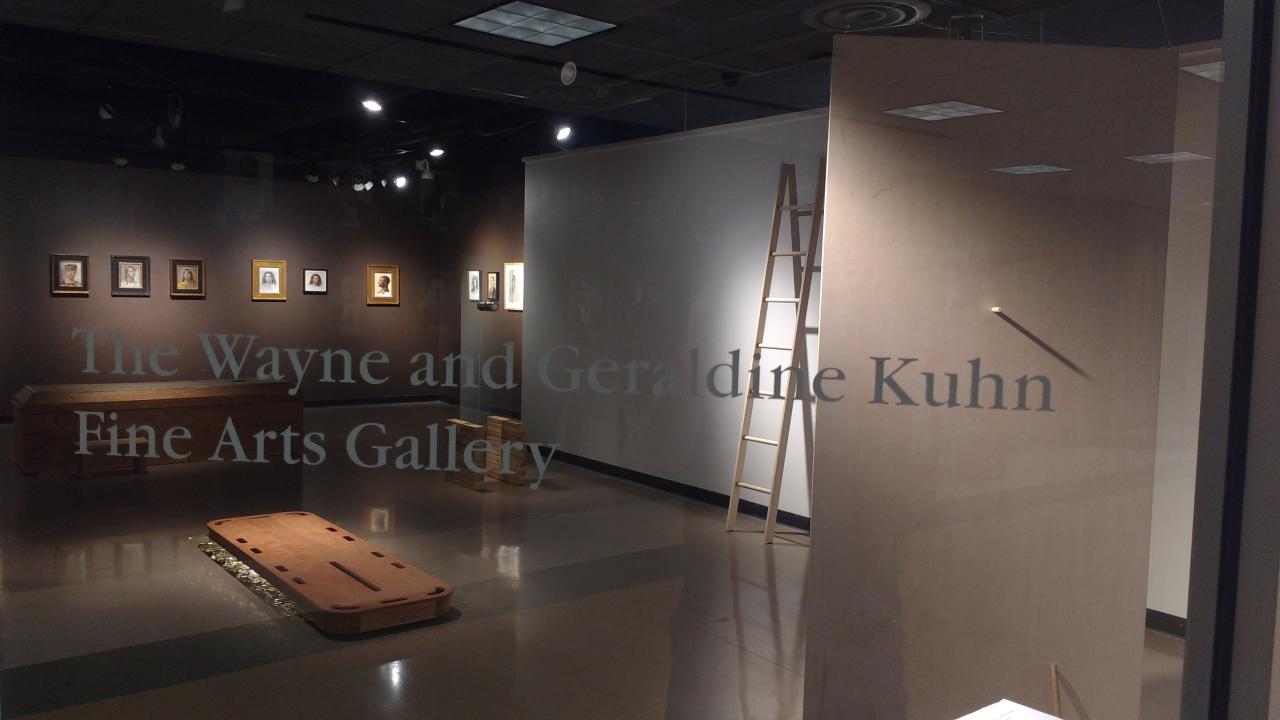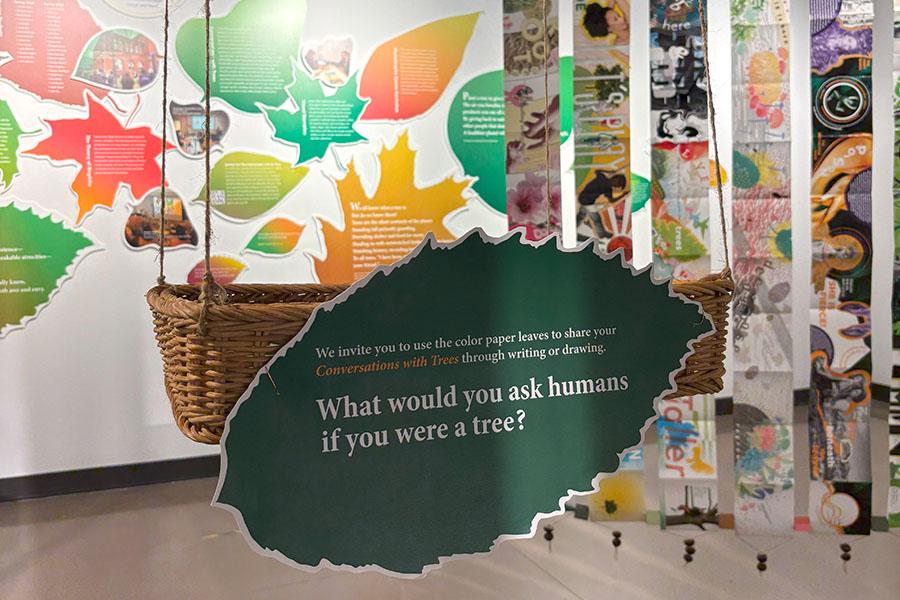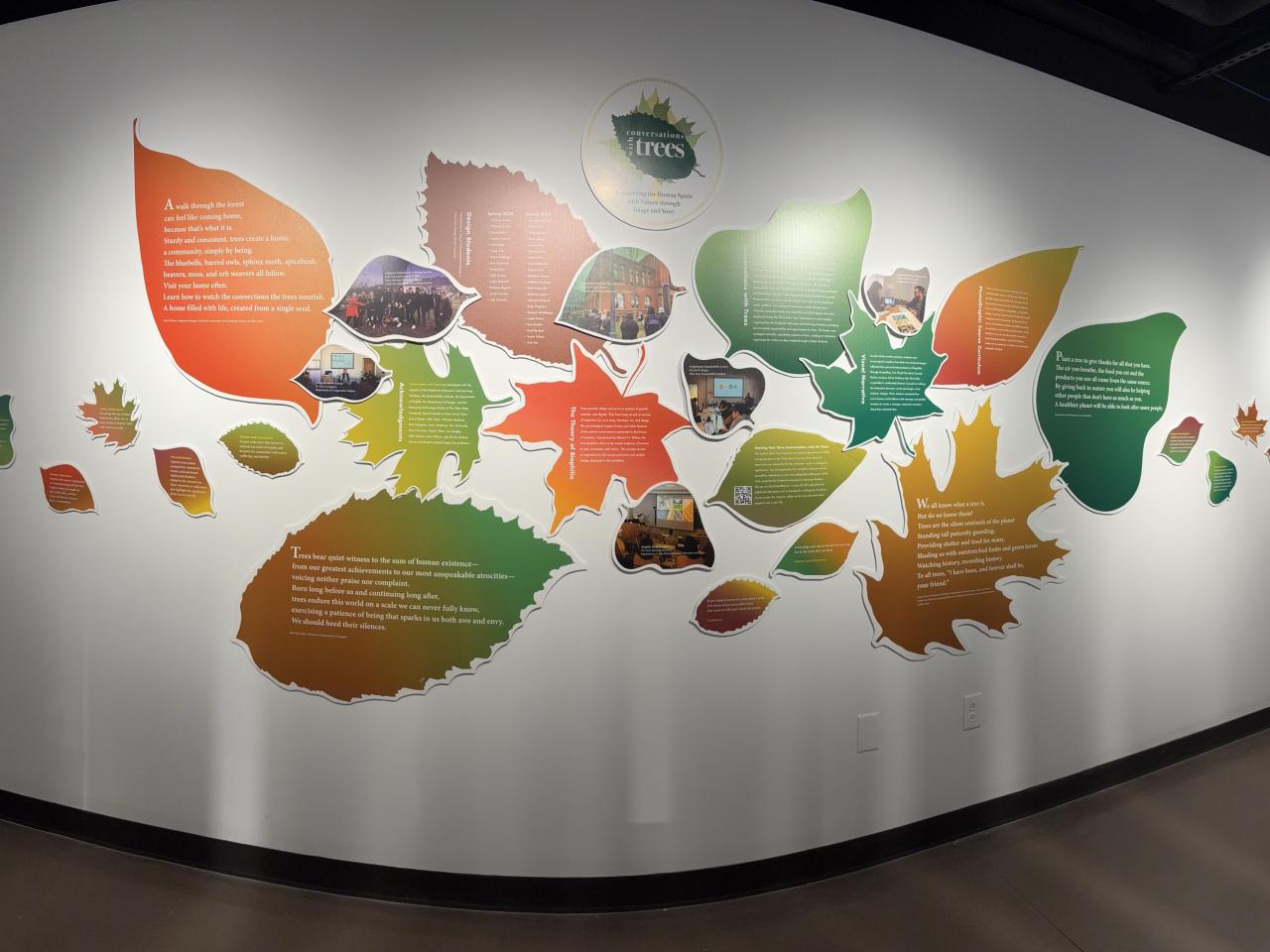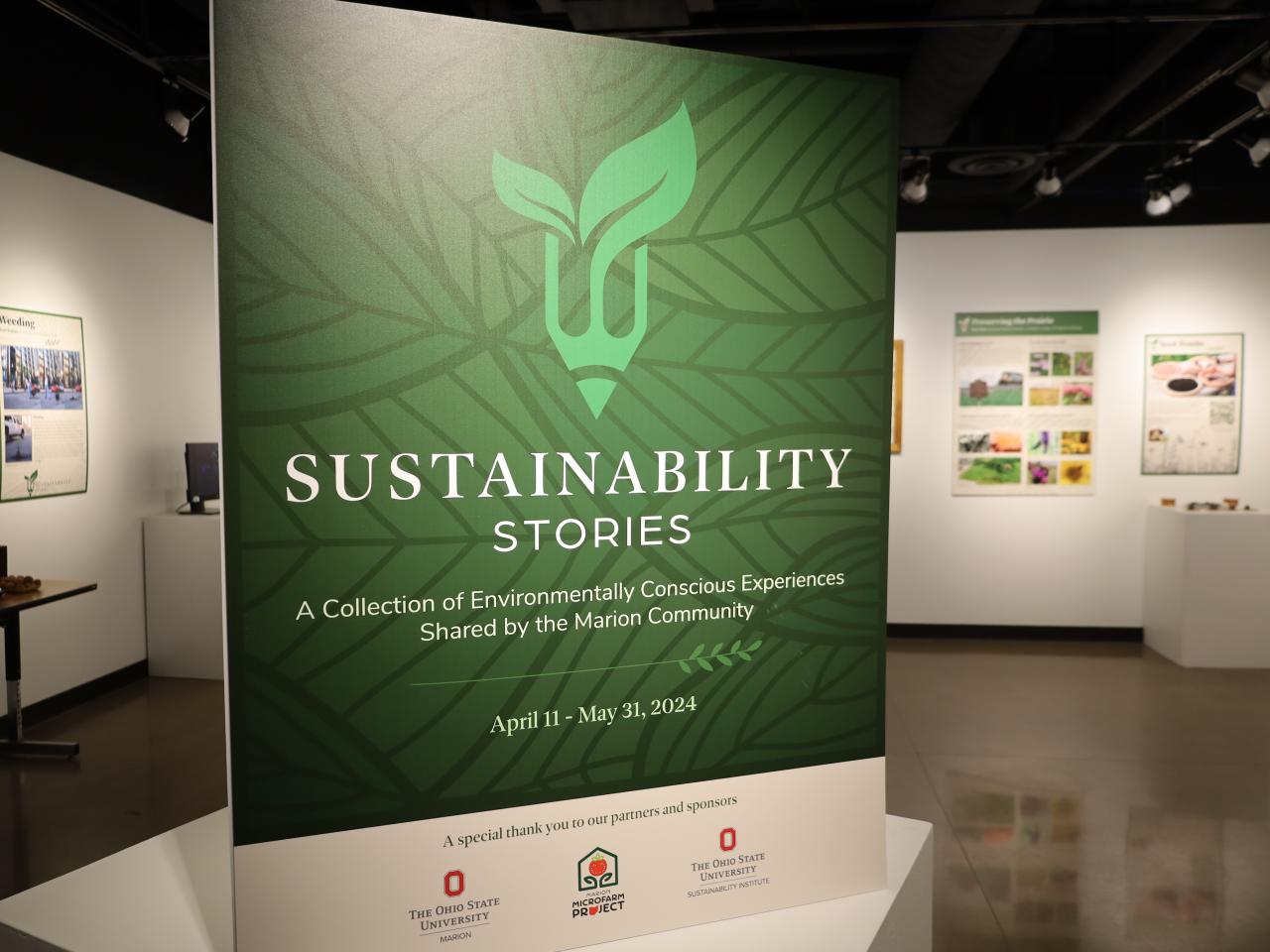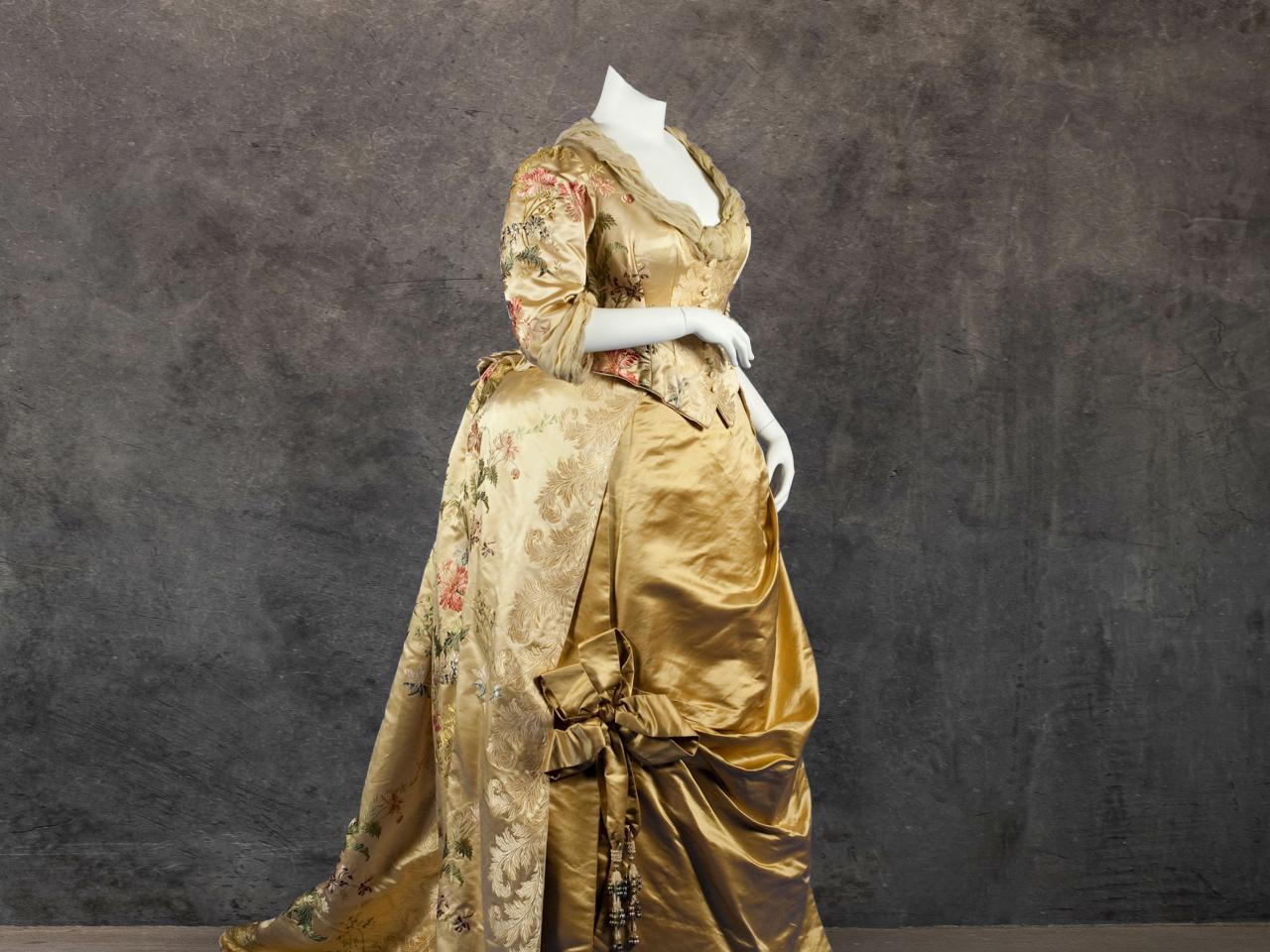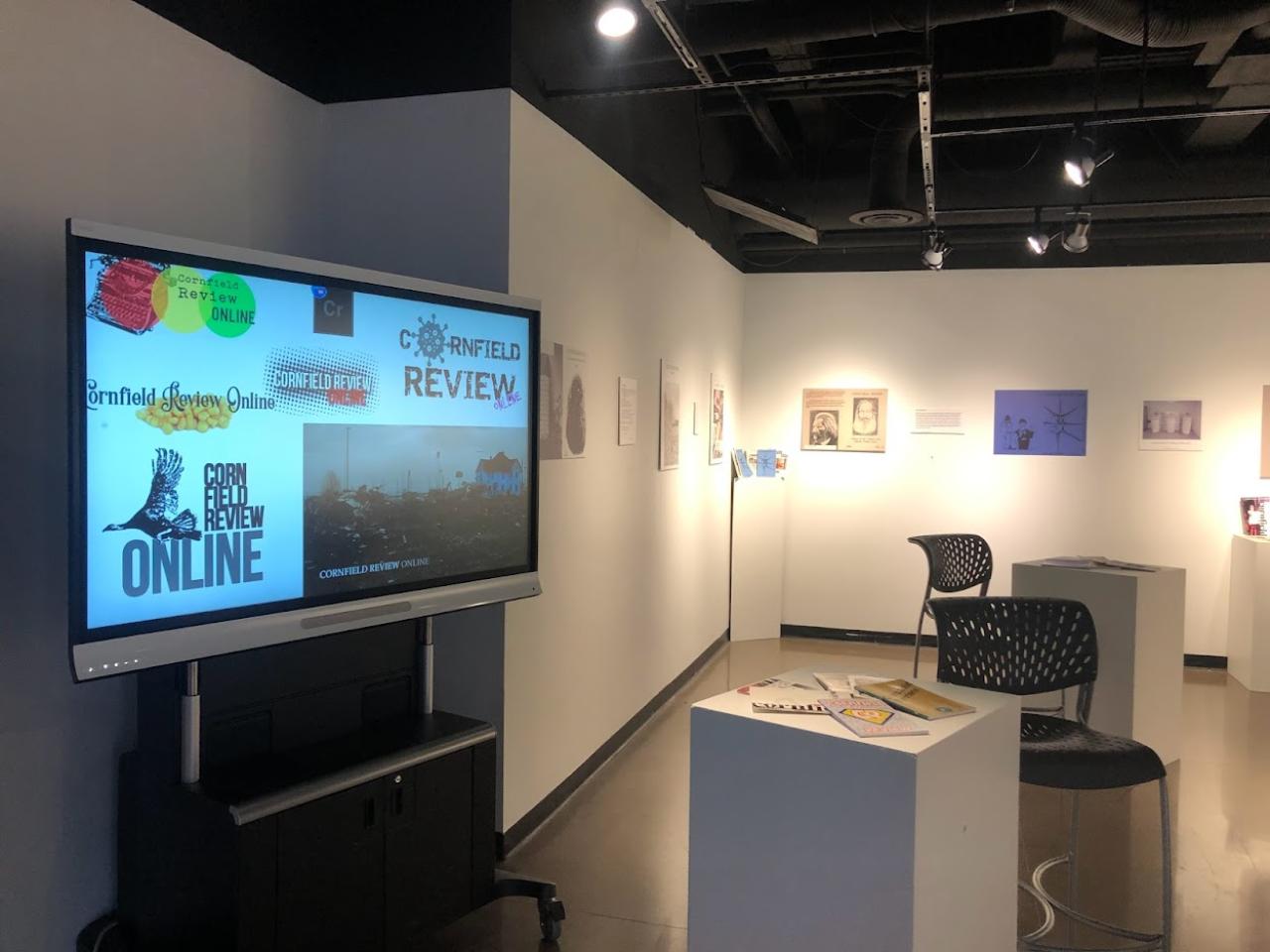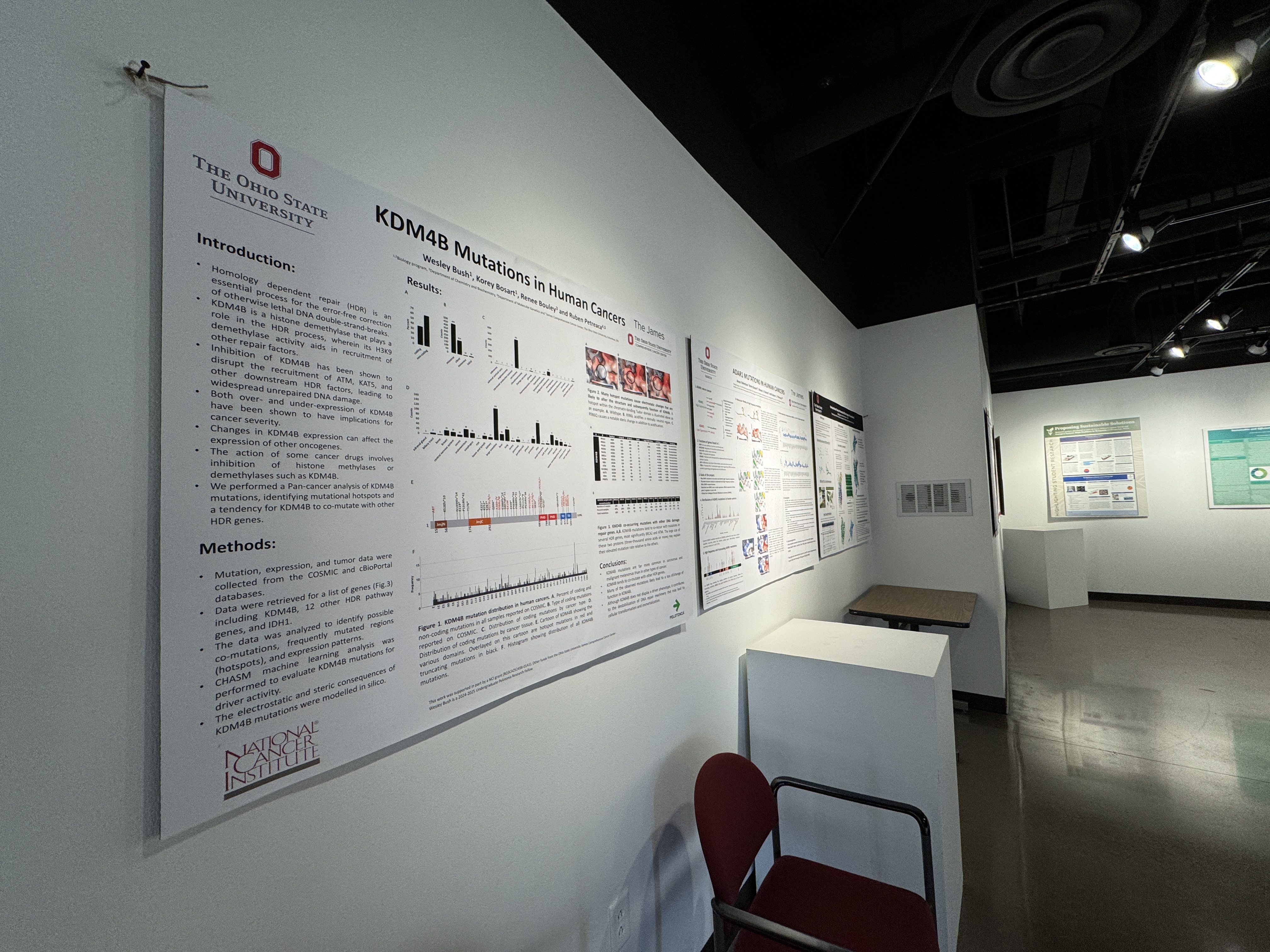
The Wayne & Geraldines Kuhn Fine Arts Gallery features to research of many of our best and brightest students in a unique display of research posters from the past 12-14 months. These posters are the culmination of hard work between our undergraduate students and a group of dedicated faculty research mentors. One of the advantages of attending Ohio State Marion is that you can work closely with professors on various research projects.
On Display November 15, 2024, through March 15, 2025
Student Posters
Molecular Genetics
KDM4B Mutations in Human Cancers
Wesley Bush, Korey Bosart, Dr. Renee Bouley, Dr. Ruben Petreaca
ADARA1 Mutations in Human Cancers
Anna Valentine, Korey Bosart, Dr. Renee Bouley, Dr. Ruben Petreaca
Determining the PRMT5-RuvBL1 Hetermeric Complex and its Role in DNA repair
Majd Al-Marrawi, Dr. Ruben Petreaca, Dr. Renee Bouley
BioChemistry
Computational Study of Potential Offsite Targets of Cannabinoids
Maria Ruano, Hannah Durbin, Dr. Ryan Yoder
Psychology
Exploring an embodiment model of intuitive eating and attunement with exercise: The mediating role of intrinsic motivation
Molly Quinn;Faculty Mentor: Dr. Tracy Tylka
Computer Science Engineering
Multi-omics driven multi-task learning for cancer classification
Divyesh Bommana; Faculty Mentor: Dr. Golrokh Mirzaei
Education
Adolescent Girls’ Reactions to a Body-Image-Centered Young Adult Novel
Hannah Fuller; Faculty Mentor Dr. Linda Parsons
Sustainability
Environmental Effects of Vehicles: Analyzing the Alternatives
Alex, Ali, Michael, Abigail; Faculty Mentor: Dr. Anna Willow
The Significance of Bicycle Lanes in Marion Ohio
Andrya Dunn, Jared Moody, Cade Rothlisberger, Chris Tompkins; Faculty Mentor: Dr. Anna Willow
Sustainable and Efficient Packaging: The Path to Saving the Planet
Jordan Hensley, Kaelin Schondel, Kayleigh Aiken, Alexis Stiverson, Makenzie Luttfring; Faculty Mentor: Dr. Anna Willow
Saving Our Waterways: A Call to Action Against Pollution
Aiden Morris, Haley Ingle, Mackenzie Tarbert and Mary Clare Cooper; Faculty Mentor: Dr. Anna Willow
The Overexposure of Products and Excessive Consumption in America
Loralei Smith, Nadia Hines, Kira Young, Boubacar Diallo and Savannah Bender; Faculty Mentor: Dr. Anna Willow
The Importance of Recycling/Reusing Your Clothes
Eyan Axline, Amber Earnest, Deborah Kwagala, Varun Mishra, Audrey Simon; Faculty Mentor: Dr. Anna Willow
Think Globally, Act Locally: Recycling
Alexandra Buyer, Makayla Roetiger, Emma Nichols, Logan Rensch; Faculty Mentor: Dr. Anna Willow
Fast Fashion
Asha Keerthipati, Nikki Martin, Laren Sargent, Anna Sterling; Faculty Mentor: Dr. Anna Willow
Endangerment of Indiana Bats
Garrett Fitzpatrick, Zakai Johnson, Annabelle Kozelka; Faculty Mentor: Dr. Anna Willow
Ecology and Evolutionary Biology
How Fungicides and gut parasites affect bumble bee health
Twy Gray, Emily Runnion and Frances Sivakoff
Burrowing Rodents Macroevolution: A Bayesian Approach to Estimating Diversity
Kylie Smith; Faculty Mentor: Dr. Jonathan Calede
Morphospace occupation and skull morphology in geomyoid rodents: the impact of extinct species
Nikita Christian; Faculty Mentor: Dr. Jonathan Calede
